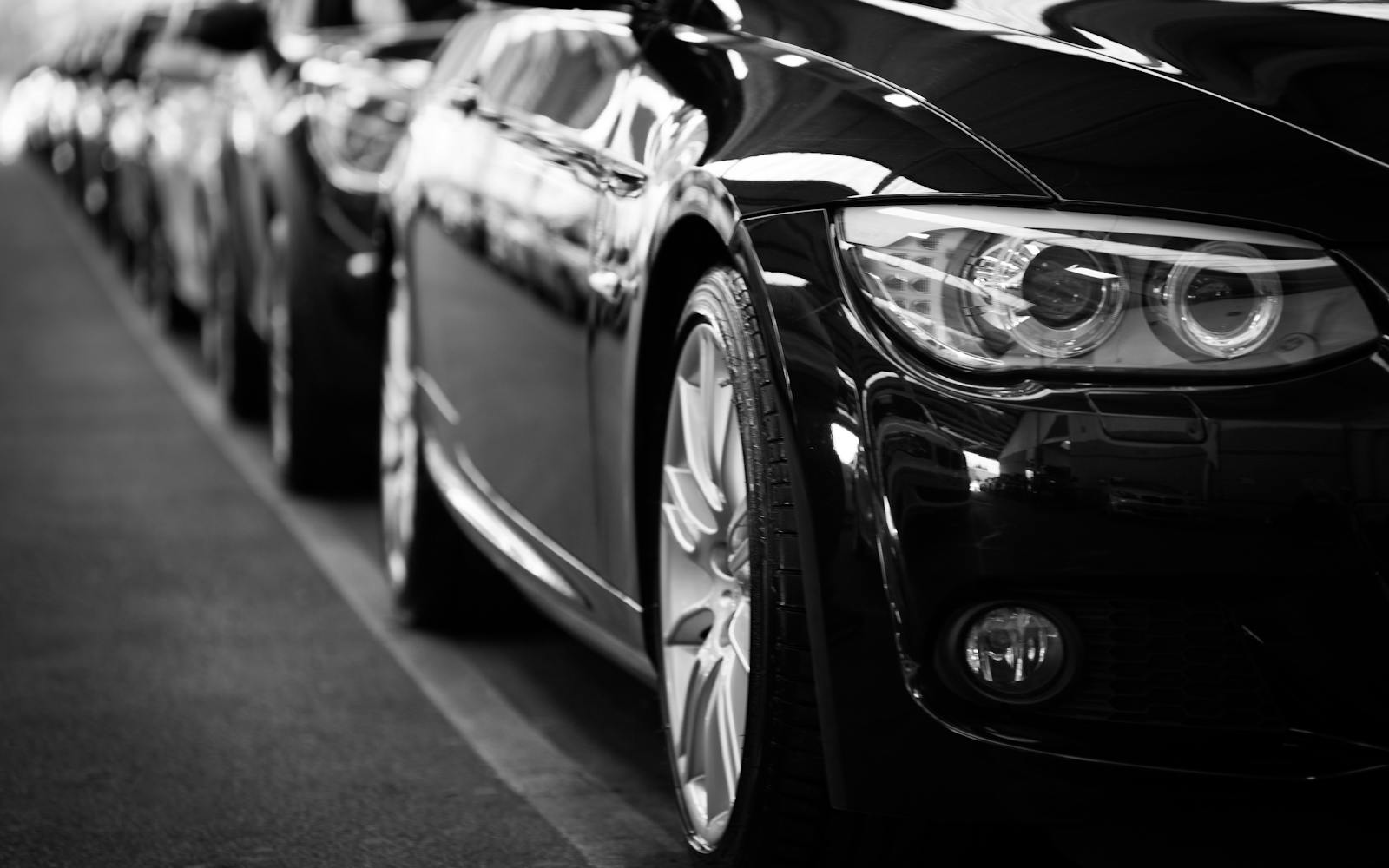Fuel-efficient driving tips aren’t about hypermiling gimmicks; they’re simple habits that trim fuel bills every week, reduce wear on brakes and tires, and make trips calmer. Below you’ll find data-backed techniques you can start using today, plus quick checklists you can save to your phone. Use these fuel-efficient driving tips consistently and the savings compound—without buying a new car.

Quick Facts
- Aggressive starts and hard braking can reduce fuel economy by 10–40% in traffic and 15–30% on highways (consistent with U.S. DOE guidance).
- Proper tire pressure can improve mileage and safety; under-inflation increases rolling resistance and wear.
- Combining errands and avoiding peak congestion cuts cold-start penalties and idling time—two hidden drains on efficiency.
- Many cars include built-in eco coaching; small scores add up to real-world savings.
21 fuel-efficient driving tips you can use today
1) Squeeze the throttle, don’t stab it
Launch smoothly and aim to upshift early or let the auto keep revs modest. Gentle takeoffs keep the engine in its efficient range and reduce enrichment. Among fuel-efficient driving tips, this is the fastest win.
2) Read the road 15–20 seconds ahead
Look far down the lane, anticipate lights, and lift early instead of braking late. Preserving momentum is free energy.
3) Choose an efficient cruising speed
Aerodynamic drag climbs rapidly above ~90 km/h (55 mph). If safe and legal, shaving just 5–10 km/h often yields noticeable savings while hardly affecting ETA.
4) Use cruise control—wisely
On flat highways, cruise smooths throttle inputs. On rolling hills, consider manual control to avoid unnecessary downshifts or “hunting.”
5) Space equals savings
Leave a larger following gap so you can feather off the throttle instead of brake-gas-brake. Smooth flow saves fuel and reduces stress.
6) Shift early (manual) & short-shift (auto with manual mode)
Upshift before high revs during gentle acceleration. For automatics, use manual mode in traffic to keep revs calm. Smooth equals efficient.
7) Stop idling; modern engines prefer restarting
Extended idling wastes fuel and can foul plugs on older engines. If safe/legal, shut off during long waits; otherwise, let auto stop-start do its job.
8) Set correct tire pressure (today’s temp & load)
Check “cold” at least monthly and before trips. Use the door-jamb placard, not the sidewall max. This is one of the most impactful fuel-efficient driving tips for safety and savings.

9) Align, balance, rotate
Misalignment scrubs tires and wastes energy. Rotate on schedule and request an alignment check after pothole or curb hits.
10) Lighten the load
Remove roof boxes/racks when not in use and clear heavy cargo. Every 45 kg (~100 lb) can trim MPG, especially in smaller cars.
11) Reduce aerodynamic drag
External carriers and open windows at high speed increase drag. Use cabin vents or moderate A/C on highways and keep the exterior clean of add-ons when you don’t need them.
12) Use ECO mode and coaching displays
Many cars offer an ECO map and driving score. Treat it like a game and nudge the score up—these subtle cues train smoother habits.
13) Pick smarter routes and departure times
Traffic waves and stop-and-go kill economy. Leaving 10 minutes earlier or choosing a steady-flow bypass is one of the simplest fuel-efficient driving tips.
14) Combine errands (kill cold-start penalties)
Engines and fluids are less efficient when cold. Batch errands so the car stays warm; you’ll save fuel and time.
15) Warm up by driving gently, not idling
Modern engines warm fastest under light load. Drive off smoothly and avoid high revs for the first few minutes instead of idling in place.
16) Smart HVAC: recirculate & target comfort
Use recirc to cool a hot cabin faster. At speed, A/C is often better than open windows; in town, try vents first. Aim for comfort, not extremes.

17) Use the right fuel & oil grade
Higher octane rarely improves economy unless your engine requires it. Use the grade in the manual. The same goes for oil viscosity—stick to spec.
18) Keep filters, plugs & sensors healthy
A clogged air filter, worn spark plugs, or faulty O₂/MAF sensors can crush efficiency. Preventive maintenance turns fuel-efficient driving tips into guaranteed results.
19) Coasting: stay in gear, stay safe
In most modern cars, closing the throttle in gear activates fuel cut-off; coasting in neutral can remove engine braking and reduce control. Use gentle in-gear coasting where safe.
20) Use telematics/eco apps to “score” drives
Usage-based insurance and in-car apps provide feedback on harsh events, speeding, and night driving. Smoother scores often correlate with lower fuel use—and sometimes lower premiums.
21) EV & hybrid-specific habits
For electrified cars: precondition while plugged in; drive in one-pedal/regen modes when appropriate; keep tires rotated (instant torque eats tread); and avoid habitual 100% charges unless you’re departing soon.
The 60-second pre-drive checklist
- Plan a steady route (avoid stop-and-go if possible).
- Clear the roof/trunk of dead weight and drag add-ons.
- Check tire pressures if it’s been a month or the weather changed.
- Set ECO mode & cruise for the type of trip.
- Recirc/vent first to stabilize cabin temp quickly.
Myth-busters (quick hits)
- “Premium fuel gives better MPG.” Only if your engine is designed for it.
- “Idling warms the car best.” Light driving warms faster and uses less fuel.
- “Neutral coasting saves fuel.” Modern ECUs cut fuel on closed-throttle decel in gear.

Cost math you can copy
Estimate annual savings from these fuel-efficient driving tips with a simple model:
- Baseline: 8.5 L/100 km (27.7 MPG) at 12,000 km/year with €1.80/L fuel ≈ €1,836/year.
- After habits: 7.6 L/100 km (31 MPG) ≈ €1,639/year.
- Result: ~€200 saved annually—more if you drive farther or pay higher prices.
Small percentage gains add up, and the same behaviors reduce brake/tire wear, too.
Internal resources on Bulktrends
- Electric Car Buying Guide 2025: 11 Proven Steps
- EV Home Charging Guide: Costs, Speeds & Setup
- Car Maintenance Schedule Guide: 10k/30k/60k/100k
- Car Insurance 2025: Lower Premiums, Better Coverage
Authoritative external sources
- FuelEconomy.gov — Driving More Efficiently
- U.S. DOE — Driver Behavior for Fuel Economy
- NHTSA — Tire Safety & Proper Inflation
Conclusion
The best fuel-efficient driving tips are boring—in the best way. Smooth inputs, smart speeds, healthy tires, and well-timed routes beat any single hack. Put three or four of these habits on autopilot and you’ll spend less at the pump, glide past traffic with less stress, and keep your car in better shape for years.
